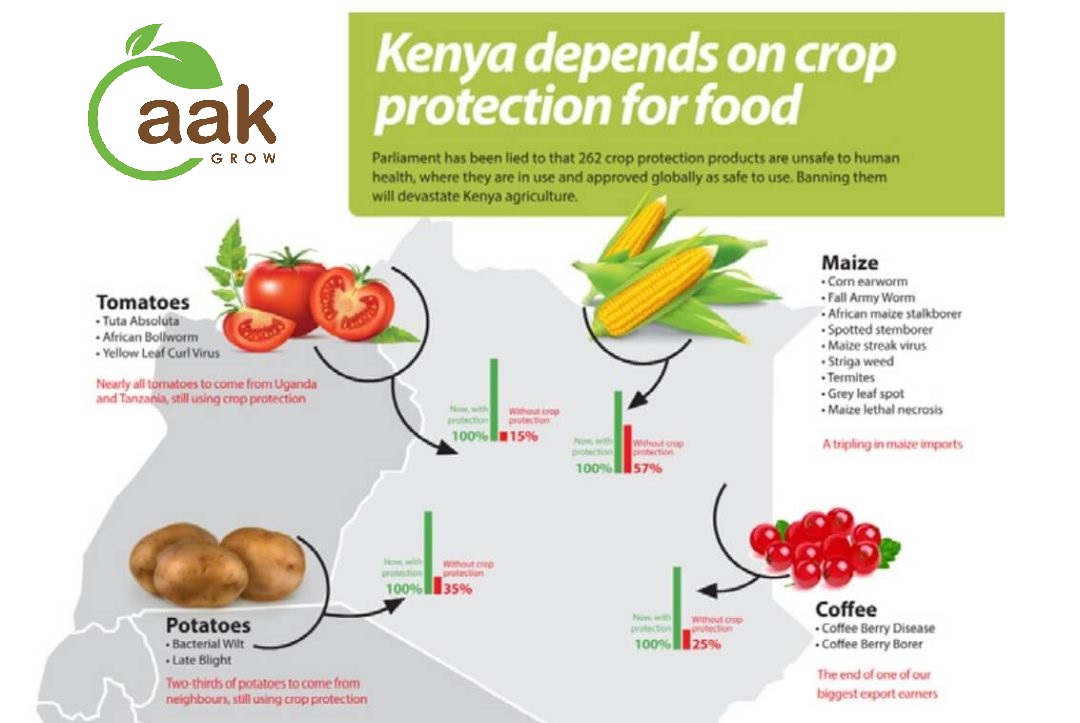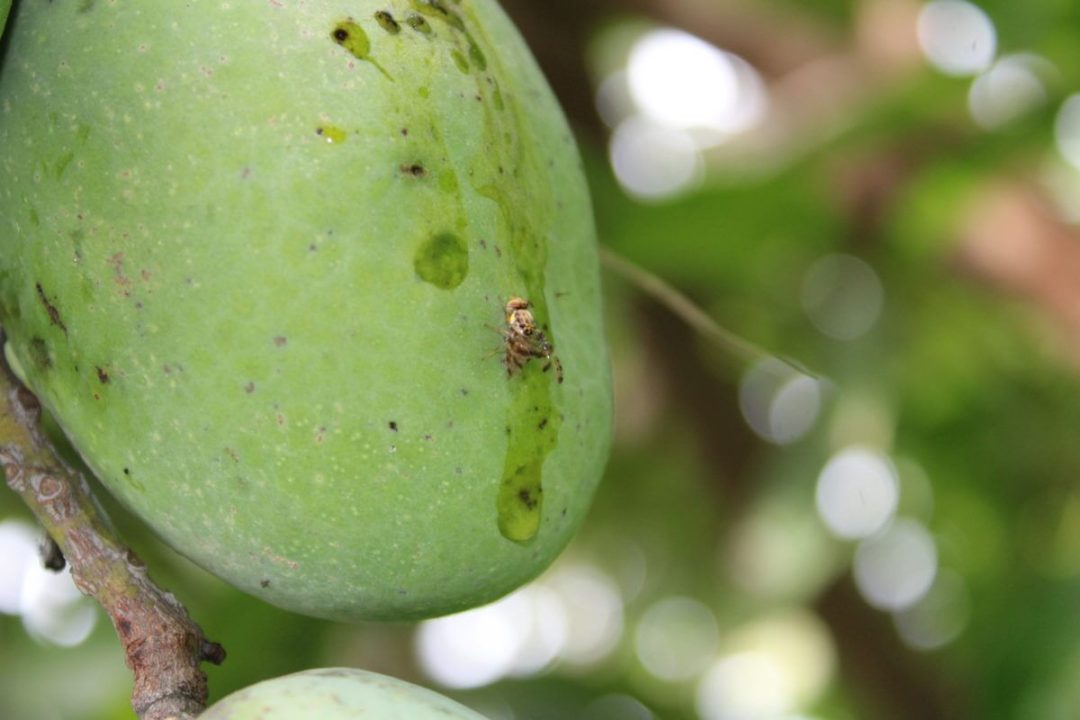Why control pests?
Hunger is a life-or-death issue and malnutrition can create life-long suffering, which means that the loss of 40 percent of agricultural output to pests (based on FAO calculations) has devastating implications in loss of life. Without pest control, the losses would be greater still, especially in Africa. In fact, the need for humanity to protect crops from pests in order to deliver enough safe and healthy food is so great that thousands of scientists globally are engaged in developing ever-better pest control solutions.
The array of pests they need to counter is formidable, with food crops competing or attacked by:
- 30,000 species of weeds,
- 3,000 species of nematodes
- 10,000 species of plant-eating insectss
- 1,000 plant viruses, accounting for around ¼ of all the known viruses on the planet
- funguses that produce deadly poisons during storage, like mycotoxins
Climate change is increasing the number of pests, with Africa amongst the most effected.
In 2021, the FAO published a scientific review that reported:
“Climate change-induced pest dispersal and intensity threaten food security as a whole. Small holders, people whose livelihoods rely on plant health and those who live in countries beset by food insecurity are especially vulnerable to these risks. Invasive pests are also one of the main drivers of biodiversity loss.”
The International Livestock Research institute, in 2022, reported:
“Warming temperatures and shorter winters will make it easier for pests o spread into new regions and also allow them to reproduce more quickly and more often. Warming temperatures and changing rainfall patterns were a major impetus behind East Africa’s locust plagues of 2019. As the locusts spread across the region, they decimated crops and pastureland, leaving 13 million people at risk of severe food insecurity.” It predicts that “Africa will only be fulfilling 13 per cent of its food needs by 2050”, unless action is taken.
The urgent agenda for scientists focused on protecting crops is to increase plant health, resilience and yields as temperatures, pests, and extreme weather increase.
In Kenya, climate change has delivered waves of new and severe crop attacks from Maize Lethal Necrosis Disease (MNLD), Fall Armyworm (FAW), tuta absoluta (tomato leaf miner) for tomatoes, desert locust, Golden Apple Snails, False Codling Moth, the Papaya Mealy Bug, and many other surging pests. As a result, the number of Kenyans classified as severely food insecure is rising every year to now over 10 million people. The rise in pests and shifting climate have also led to surging food imports, which by 2019 topped 35% of the value of the country’s exports of goods, compared with just 15% in 2002.

To combat pests, and conserve moisture and resources on farms, scientists have developed:
- Insecticides – to combat insects
- Herbicides – to combat weeds
- Rodenticides – to combat rats & mice
- Bactericides – to combat bacteria and plant infections
- Fungicides – to combat fungi, and mycotoxins
- Larvicides – to combat larvae.



